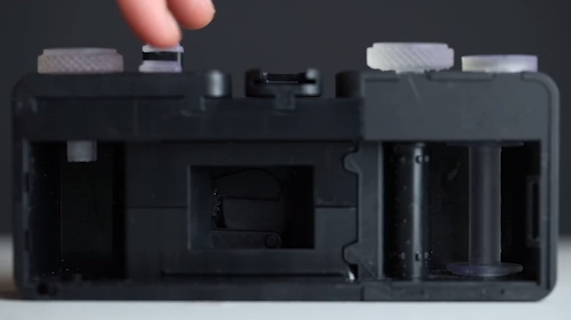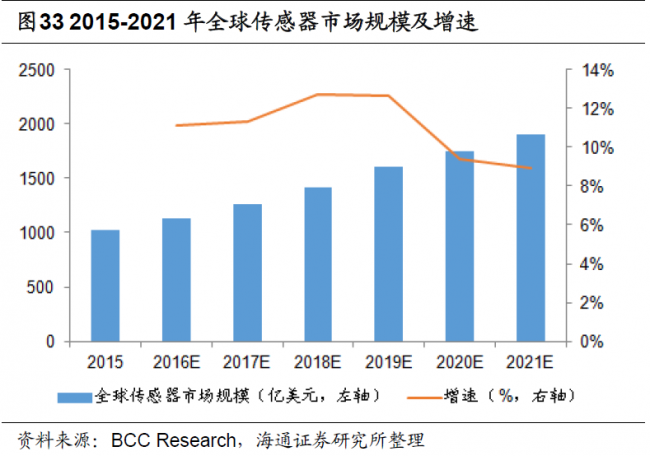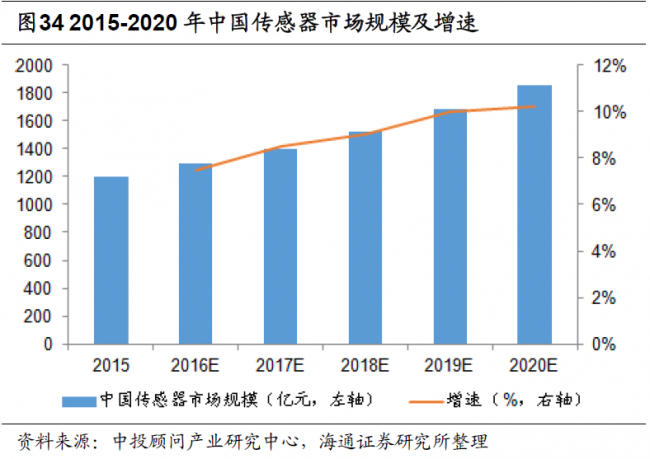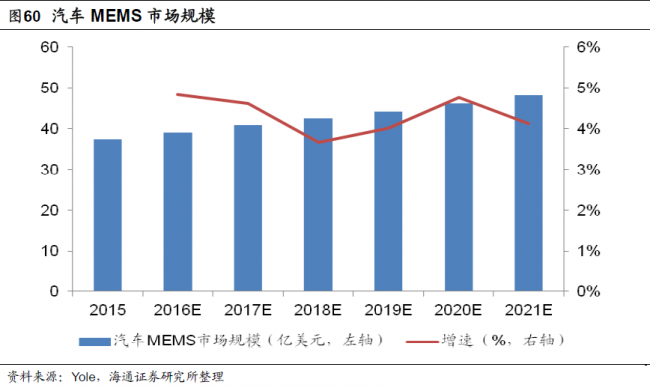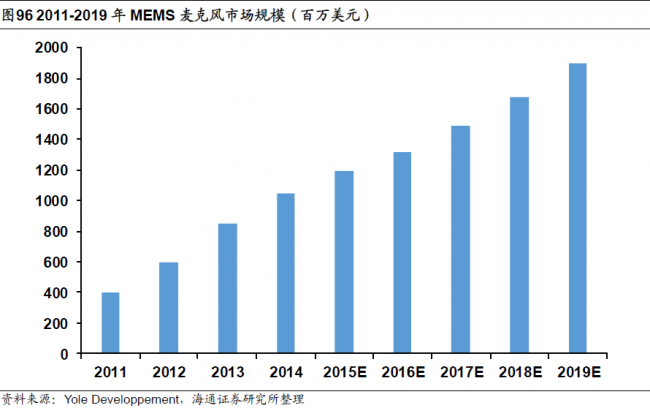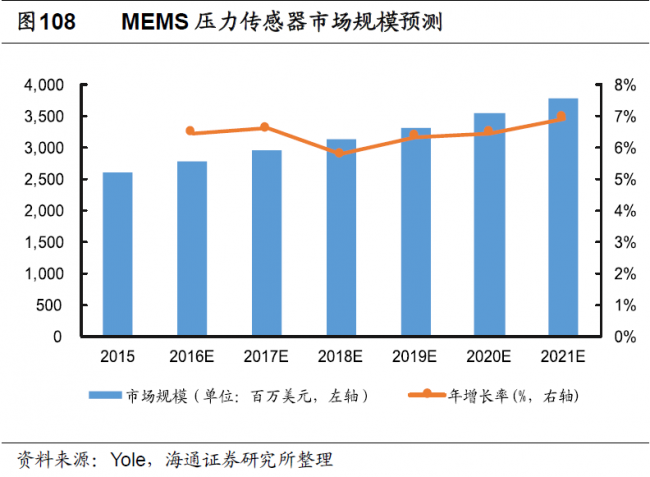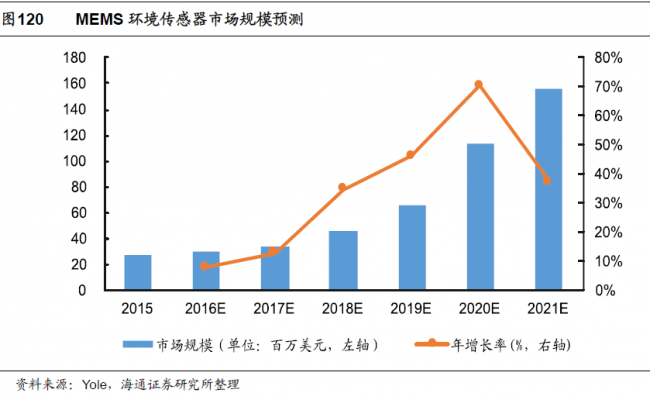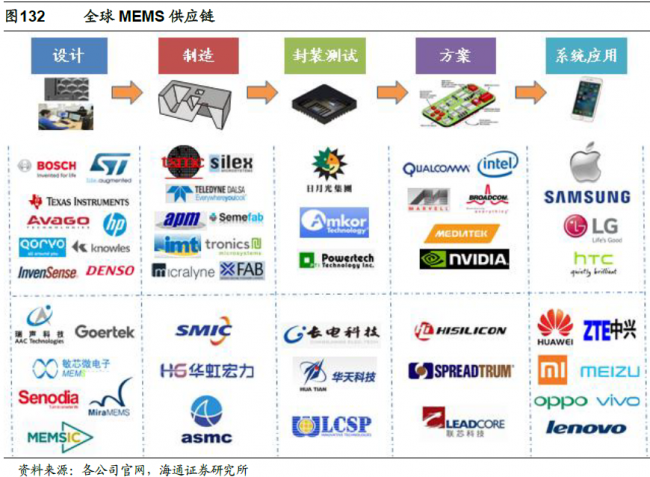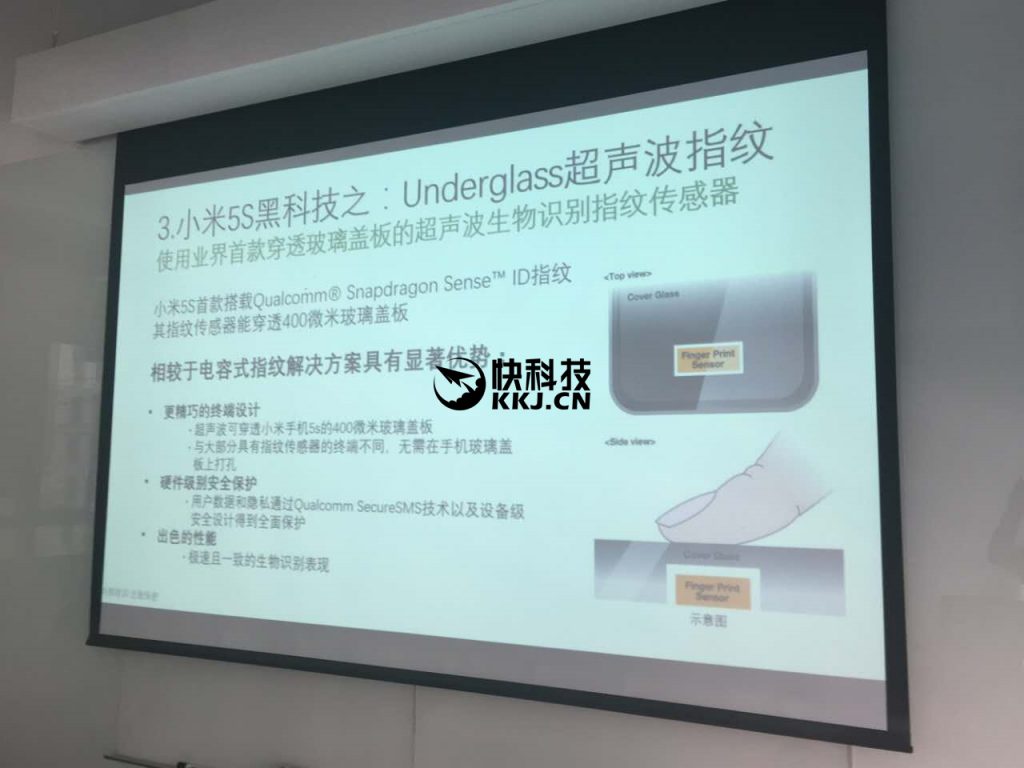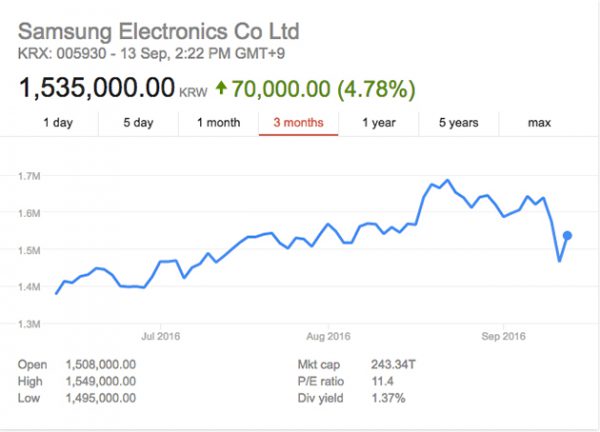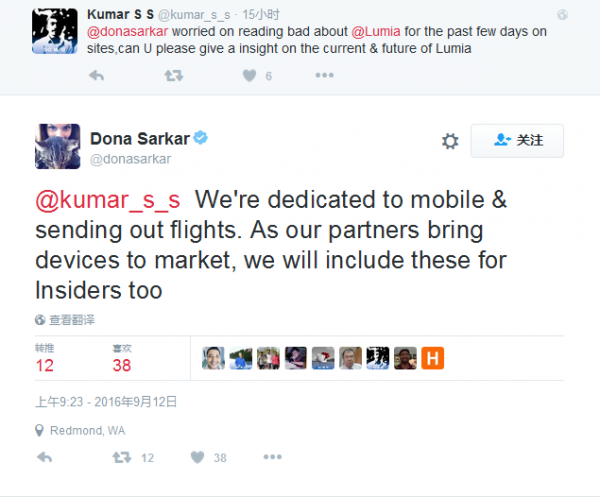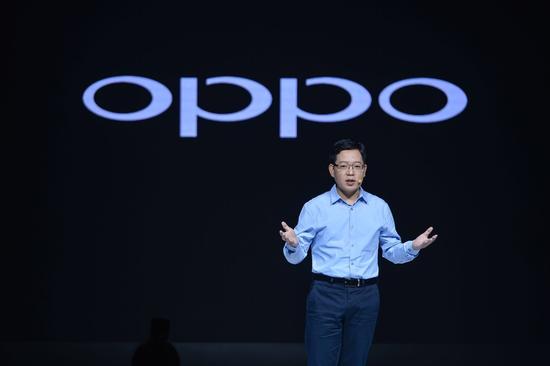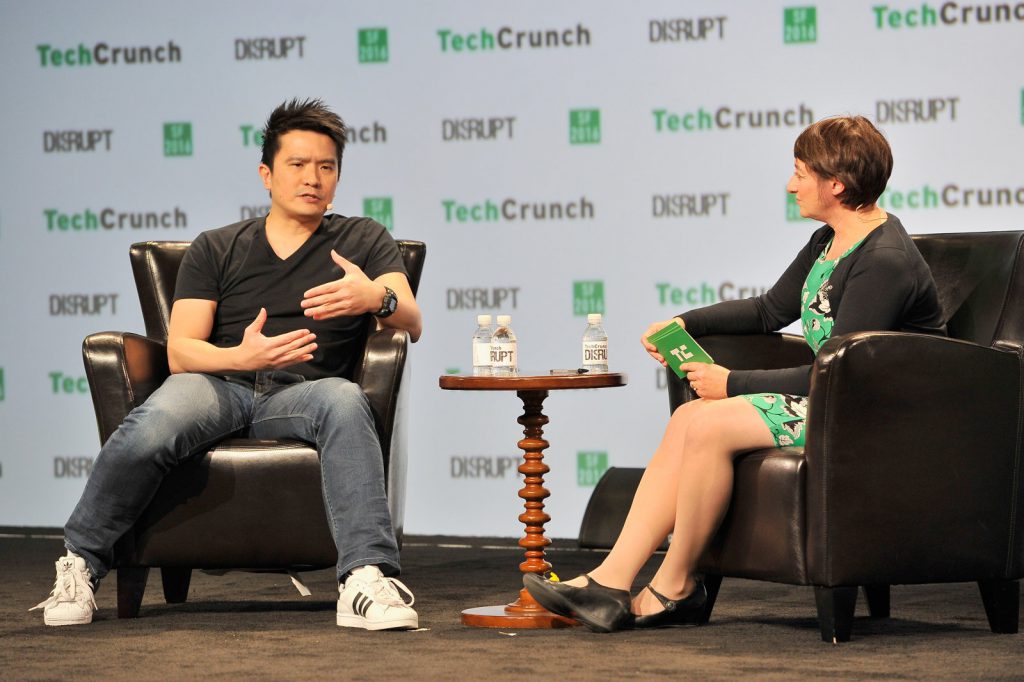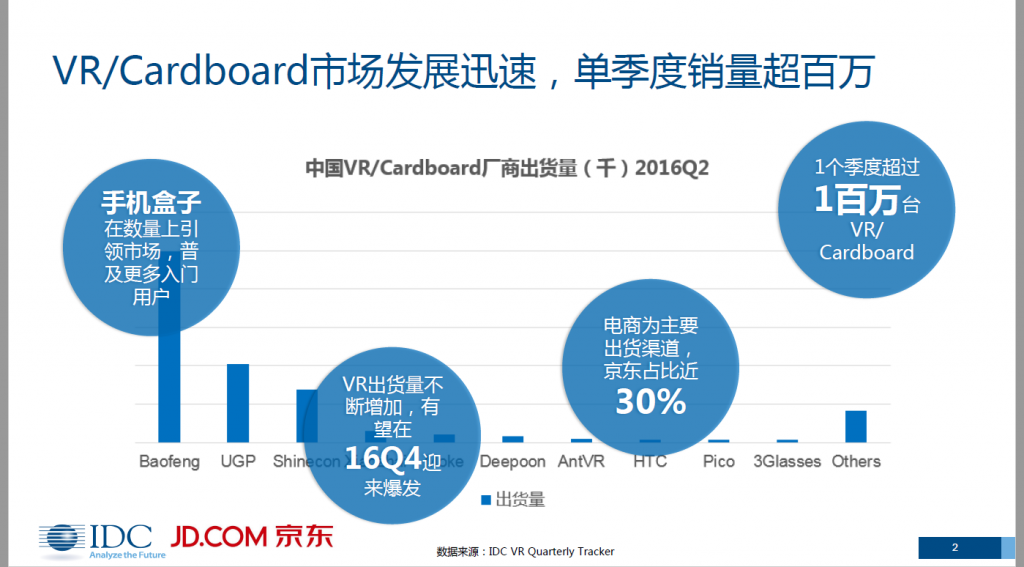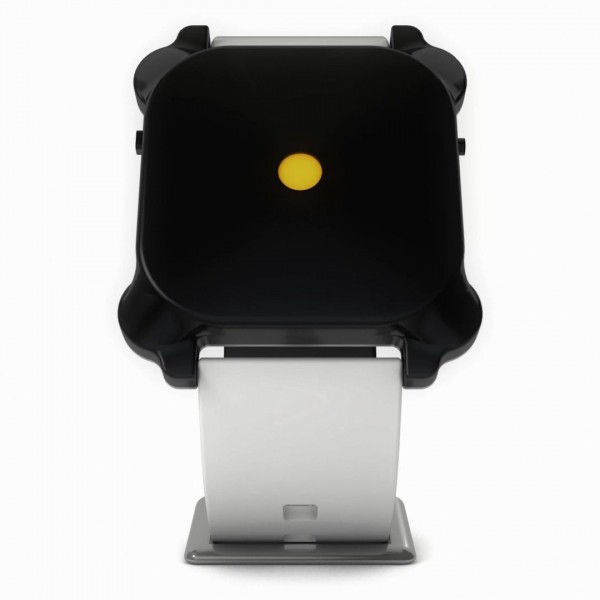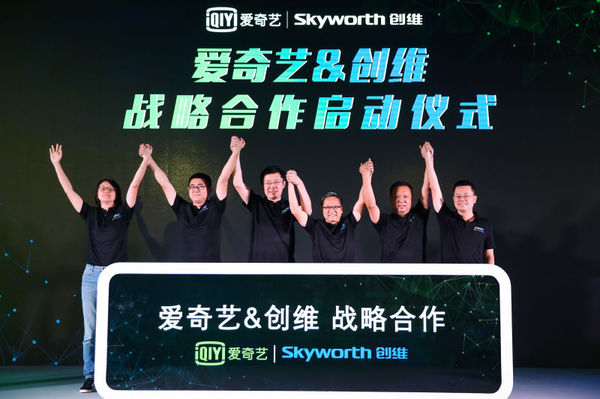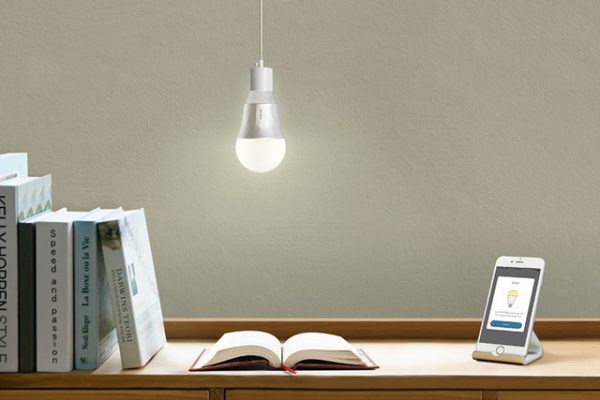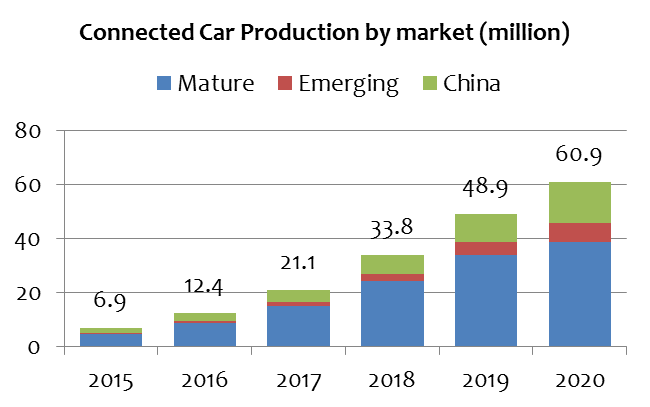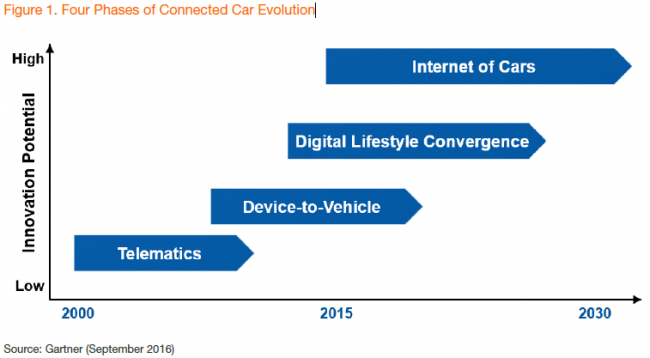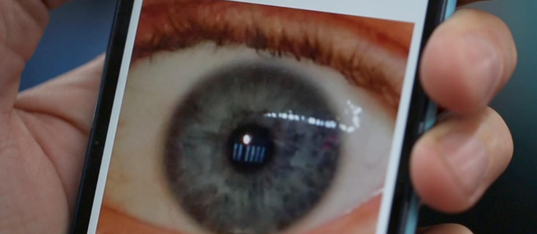
9-14: India urges tech giants to integrate biometric technology of Aadhaar program into their products; Alibaba’s payments arm, Ant Financial, has acquired EyeVerify; etc.
|
Chipset |
NVIDIA revealed a new configuration of its DRIVE PX 2 in-car autonomous driving computing platform. The new single-core configuration will be used by Baidu in its own self-driving cars. It makes it possible to process visual and sensor data from self-driving car-mounted monitoring systems in real-time on board a vehicle. (TechCrunch, NVIDIA, China Xiao Kang)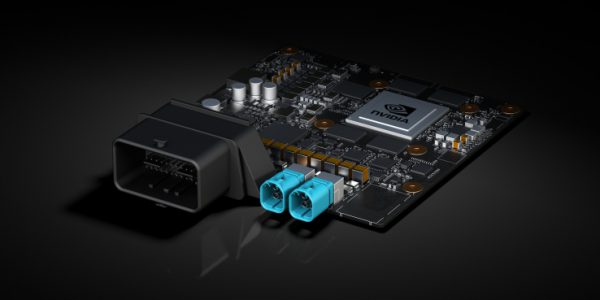 |
|
Touch Display |
| Apple iPhone in 2017 will reportedly have a “full-screen face”, with an embedded “virtual button”, reinforcing some other recent rumors about Apple’s expected redesign. (Apple Insider, CN Beta, NY Times) |
|
Camera |
| For digital designer Amos Dudley, 3D printing turns his thoughts into something tangible — and now those tangible thoughts can freeze time via 35mm film. Dudley recently shared his designs for Slo, a 3D-printed film camera. While 3D-printing a camera is a feat that’s been attempted before, Dudley managed to print the entire camera — including the lens. (Digital Trends, HC360) |
|
Memory |
| Bulk prices of high-performance DDR4 DRAM chips are rising on growing demand for personal computers fast enough to run virtual reality games. Volume users paid slightly more than USD2 per unit for 4-gigabit DDR4 versions of DRAM, in Aug. 2016, about 10% higher than in Jul. Bulk prices of 8-gigabit DDR4 chips rose roughly 6% from Jul. to a little more than USD4 apiece. (Asia Nikkei, press, TechNews) |
|
Battery |
| A software update is coming from Samsung on 20 Sept. The software will stop Galaxy Note 7 batteries from charging once they hit 60% capacity. (Android Headlines, Liliputing, Associated Press, Ubergizmo, Sina, CS) |
| After faulty batteries led to a global recall of its Galaxy Note 7 smartphones, Samsung Electronics will only use batteries made by China’s ATL for its replacement devices. (TechNews, Reuters, ECNS, Gizmodo, Yonhap) |
|
Sensory |
| According to BCC Research, global market size of sensors in 2015 reached USD101.9 billion, and forecasts 2016-2021 CAGR to be 11%, with market size grows to USD190.6 billion by 2021. Recently, China sensors market grows rapidly, in 2015 the market size is around CNY120 billion, and with CAGR of 9.5% in next 5 years, by 2020 the market size would exceed CNY180 billion. (Haitong Securities report) |
| Automotive industry would occupy more than 30% of the overall MEMS market size, in 2015 automotive MEMS revenue is USD3.73 billion. Yole forecasts that in the following 6 years, global automotive MEMS market size CAGR would be around 4.2%. (Haitong Securities report) |
| Yole believes MEMS microphone is one of the fastest growing segments of MEMS sensors. MEMS microphone market size is expected to grow from USD785 million in 2013 to USD1.65 billion in 2019, with CAGR of 13%. Shipment is expected to grow from 2.4 billion units in 2013 to 6.6 billion units in 2019. (Haitong Securities report) |
| Thanks to the drive from growth of automotive electronics and upgrade of consumer electronics, MEMS pressure sensors have a bright future. Yole forecasts that in the coming 5 years, MEMS pressure sensor would sustain 6%~7% yearly growth, and by 2021 the market size would reach USD3.79 billion. (Haitong Securities report) |
| Yole estimates that by 2021 global MEMS environmental sensors (including atmosphere sensors, humid / temperature sensors, particle sensors) market size would reach USD150 million. The CAGR within 2016-2021 would be around 8.9%. (Haitong Securities report) |
| MEMS supply chain is complex, involving a number of vendors / makers – China vendors’ design, manufacture, packaging, testing, etc., forming the whole MEMS supply chain. (Haitong Securities report) |
|
Biometrics |
| Alibaba’s payments arm, Ant Financial, has acquired EyeVerify, a maker of optical recognition technology with a deal at around USD70 million. (CN Beta, Fortune, Biometric Update, Bloomberg) |
| MobileIrisID uses the front-facing camera to capture a high-resolution photo of the iris. As the photo is taken, the phone’s screen shows a randomly generated barcode. The idea is that the barcode is reflected on the pupil, so it can be read again later to ensure that nobody has been able to tamper with the image that was uploaded. (TechCrunch, MobileIrisID) |
| Indian government recently invited Apple, Google, Microsoft and Samsung to discuss embedding government-funded biometric technology into products sold within the country as part of an effort to register and authenticate its citizens. A contingency of the Aadhaar program, a government-baked biometric identity initiative supported by developed in a government-funded lab. (CN Beta, India Times, Live Mint, Apple Insider, Bloomberg) |
| UBS, the world’s biggest wealth manager, is looking at using artificial intelligence to help clients decide how to invest their money by watching their facial expressions. (CN Beta, Fortune, Reuters) |
| IHS Markit analyst Kevin Wang indicates that Xiaomi Mi 5S will adopt Qualcomm Snapdragon Sense ID ultrasonic fingerprint technology. This is the industry first “under glass” fingerprint sensor equipped smartphone. (CN Beta, My Drivers, Xinmin) |
| Attackers could severely disrupt America’s 911 system, a new report suggests. A botnet of 400,000 infected phones could basically disable 911 nationwide. (CN Beta, TNW, Ben-Gurion University, Computer World) |
|
Connectivity |
| The U.S. National Telecommunications and Information Administration (NTIA) should end its supervision of the Internet Corporation for Assigned Names and Numbers (ICANN) on Oct. 1 as planned, said a letter signed by Google, Facebook, Twitter, Yahoo, Amazon and more than 20 other companies and trade groups. (CN Beta, Computer World, Forbes) |
|
Smartphones |
| Since Samsung announced it would recall the Galaxy Note 7, the company has shed over KRW28 trillion (more than USD26 billion) off its market cap, according to Factset. (Engadget, Engadget[cn], 163, Bloomberg, Quartz, Inquistr) |
| Streaming music service Tidal’s parent company, Aspiro, has reported a USD28 million loss for 2015. (WSJ, Engadget) |
| Microsoft Head of the Windows Insider program Dona Sarkar indicates that the company is dedicated to Windows 10 Mobile, reiterating the words of Windows boss Terry Myerson, who said earlier 2016 that the firm would support partners in bringing new devices to the market. (Win Beta, Softpedia, CN Beta, 163) |
| During an panel discussion related to “OPPO R9 achieving 7 million sales in 82 days”, OPPO’s Vice President Wu Qiang indicates his wish to have a breakthrough in Tier-1 / 2 cities. Wu Qiang says that based on its brand study, OPPO brand has high awareness in Tier-1 / 2 cities, which could reach 97%~98%, but to convert the awareness to purchase still requires a lot of communication. (CN Beta, 163, Baijia) |
| Smartphone makers OPPO, vivo and Gionee spending over INR80 crore (about CNY80 million) each on presence across retail stores and on marketing and advertising during Indian festival Diwali, double of what their Indian rivals are expected to spend. Indian players including Micromax, Intex, Karbonn and Lava would be investing an average of about INR45 crore. (CN Beta, India Times) |
|
Wearables |
| Razer has announced zVentures—a new USD30 million venture fund meant to explore new startups and technology in IoT, VR / AR, robotics and big data analytics. (Android Headlines, Digital Trends, Engadget, TechCrunch, 36Kr) |
| IDC and JD.com released a report in regards to VR / AR market. Cardboard is leading the market in terms of shipment, which is the choice of majority users to enter the segment. Overall VR shipment is increasing drastically, which expects to see an explosive growth in 4Q16. E-commerce has already become the main channel, with JD.com owns the overall shipment of near 30%. (EE Trend, IDC report) |
| Daydream will bring a substantial impact to the growth of VR development, and Apple’s interest in VR also attracts a lot of attention. IDC forecasts desktop VR headset and no-display VR headset will have an exponential growth. It estimates that the 2015-2020 CAGR to achieve 75.5%. (EE Trend, IDC report) |
| A new wearable device called Moment, instead of display, it communicates through sense of touch—users get notifications through tactile shapes that are drawn directly on skin. A series of advanced motors, provide the haptic feedback where each corner of the wearable ‘draws’ specific sensations. (CN Beta, Digital Trends, CBC, Wearable) |
|
Internet of Things |
| Within 5 years robots and so-called intelligent agents will eliminate many positions in customer service, trucking and taxi services, amounting to 6% of jobs, according to a Forrester. (CN Beta, CNBC, The Guardian, IB Times) |
| iQIYI and Skyworth announced together a strategic partnership to expand ecosystem for the living room entertainment. iQIYI will invest CNY150 million into Skyworth’s brand “CooCaa”, owning a 5% stake. (CN Beta, iFeng) |
| TP-Link announces a slew of affordable Smart Wi-Fi bulbs—LB100, LB110 and LB120 that do not require the installation of a hub. They work in conjunction with Amazon Echo, meaning can be controlled with Alexa voice assistant. (Digital Trends, TP-Link, CN Beta) |
| According to Gartner, the number of new automobiles equipped with data connectivity, either through a built-in communications module or by a tether to a mobile device, will increase from 6.9 million per year in 2015 to 61 million per year in 2020. (Gartner report) |
| Gartner illustrates the evolution of connected car capabilities. The four-stage connected vehicle evolution will occur in both mature and emerging markets for passenger vehicles. All of the stages also have implications for commercial vehicles, although the third stage is less relevant in that segment. (Gartner report) |
